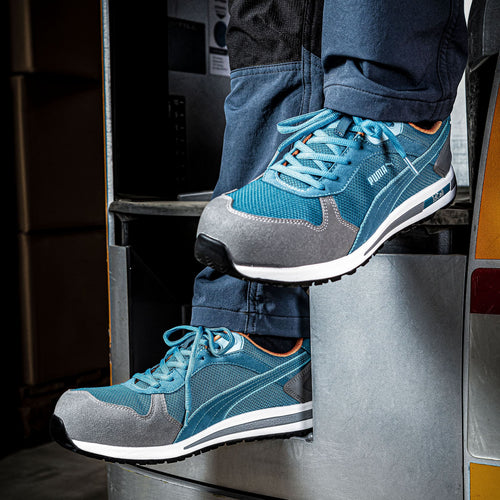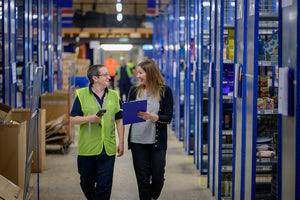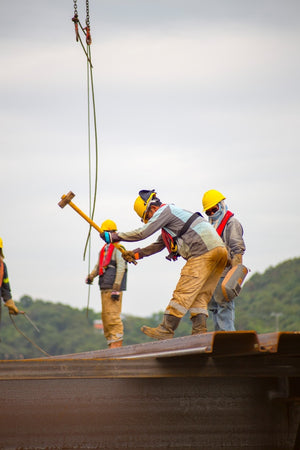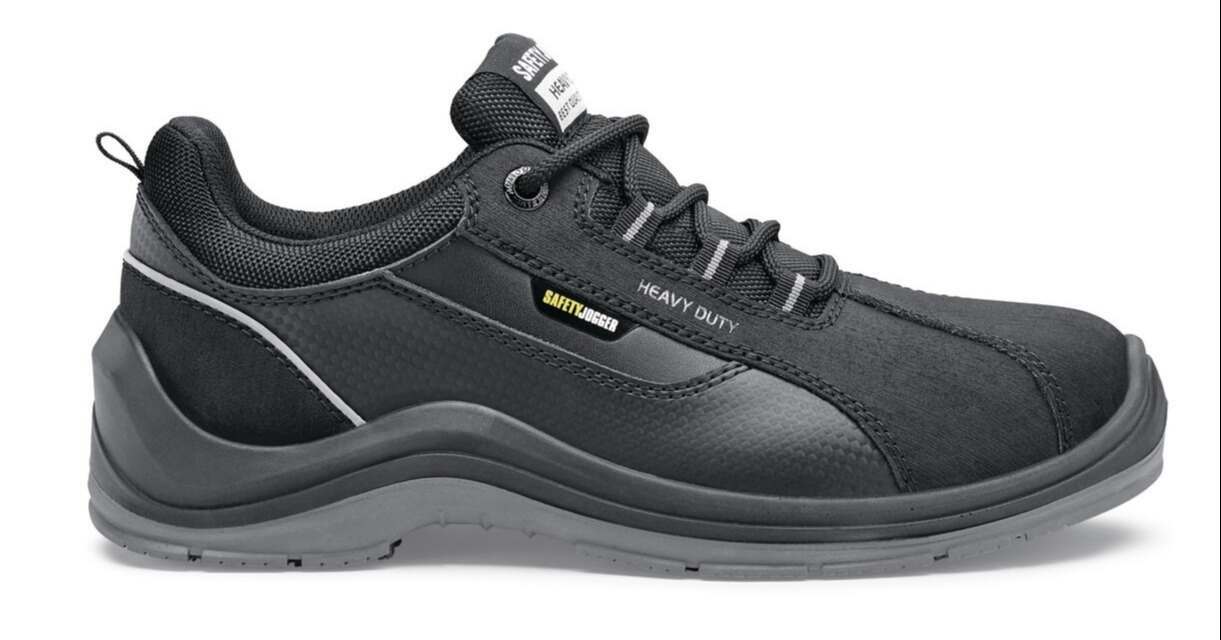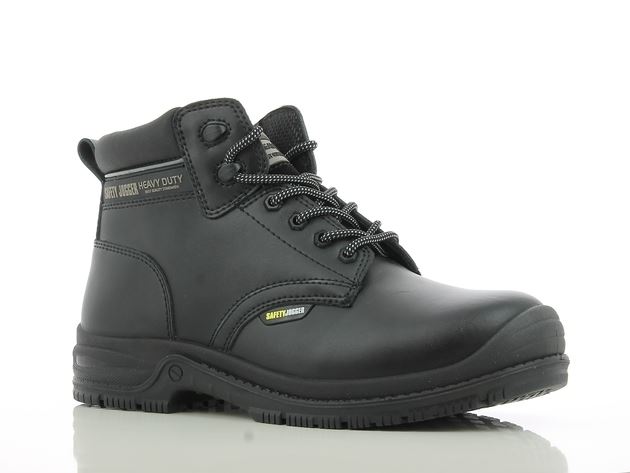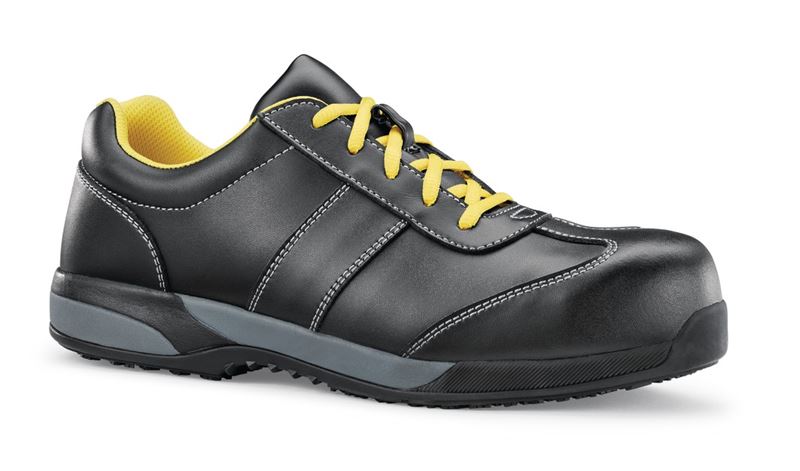All jobs come with their own occupational hazards, but a warehouse in particular can be incredibly risky - especially when the dangers are less obvious. From heavy loads to harmful substances, here are seven of the most common warehouse hazards and how you can reduce the risks.
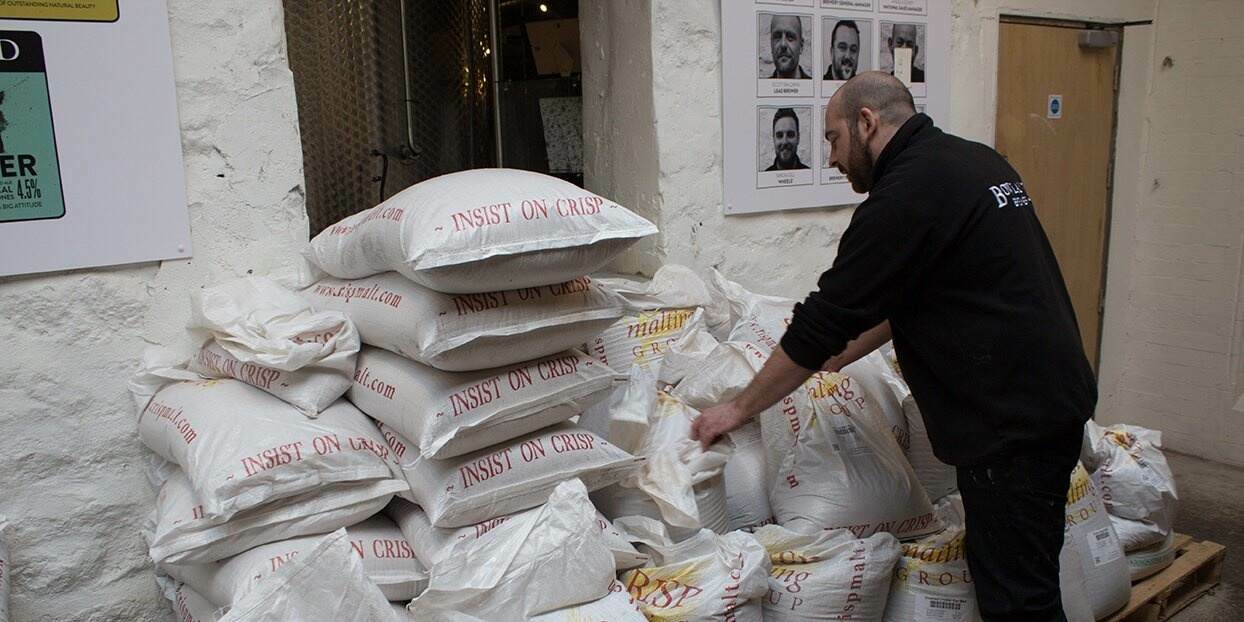
The hazards are:
1. Physical Strain
Warehouse workers often have to handle heavy, bulky items and over time, this can lead to varying levels of physical strain. However, physical strain can be hard to identify because every worker’s body is different. You can’t predict how long a person will be able to withstand prolonged exposure to physical labour.
How to Reduce the Risk
Personal awareness is the best defense. Teach your team how to properly and safely handle items, regardless of their size and weight and invest in equipment to relieve workers from the strains of repetitive lifting, twisting and stretching.
2. Moving Machinery
Warehouse machinery has the potential to be extremely dangerous if your team aren’t using it properly. Many machines have moving parts that can potentially cause serious injuries if safety precautions aren’t followed.
How to Reduce the Risk
Ensure that your team are taught how to use the machines and equipment safely. Then, provide regular retraining to help remind them.
In addition, place warning labels in strategic, noticeable locations so everyone in the vicinity can see them and know the specific risks.
3. Loading and Unloading
Warehouse workers are often required to load and unload items. This can possibly lead to being:
- Pinned between forklifts.
- Pinned between the loading dock and the truck, trailer or van.
- Pinned between vehicles.
- Hit by a truck or trailer.
- Hit by falling, unsecured items.
- Hit by a falling dock plate.
How to Reduce the Risk
Ensure that your team are familiar with the area they’re working in and have been trained to do so. This is because there may be differences in layout or procedures for securing vehicles and lifting devices.
4. Falling Objects
Items can easily fall down and injure your team. In addition, items might be stacked high when your workers are moving them from place to place. Again, they can easily slip off and cause potential injuries.
How to Reduce the Risk
Make sure your team know how to stack loads (especially heavy ones) as neatly and securely as possible so that they don’t shift and fall. If objects are cylindrical or irregular in shape, ensure they are stacked in a safe way.
5. Exposure to Harmful Substances
Toxic substances are a serious workplace hazard. Even cleaning products can potentially injure your team if they aren’t wearing the appropriate gear or handling the substances properly.
How to Reduce the Risk
Ensure that your team are trained on safety procedures and consistently stick to them. Growing complacent or careless over time can lead to accidents and severe injuries that could have easily been prevented by following the proper procedures.
For instance, only team members who have been trained to handle harmful substances should do so. Your team should also be wearing the appropriate personal protective equipment (PPE) when handling harmful substances.
6. Lack of Safety Training and Knowledge
As you might have noticed while reading this article, training your team on the appropriate safety measures is one of the main ways to reduce the risk of hazards. That’s why insufficient safety training is a big hazard in itself. If your team aren’t working in a safe, manner, they are making it more likely for any of the other hazards to cause an accident.
How to Reduce the Risk
Providing your team with the right amount of safety training combats this. In addition, ensure that you regularly retrain them so they don’t forget, become complacent or tempted to take shortcuts.
7. Slips, Trips and Falls
This hazard is one of the most common causes for accidents in any workplace. In a warehouse, they can be caused by:
- Substances littering the floor, such as packaging sawdust and liquids.
- Slippery flooring.
- Hidden steps and ridges.
- Poorly lit areas.
- Boxes on the floor.
How to Reduce the Risk
In addition to safety training, one of the best and easiest ways to prevent slips, trips and falls is to invest in slip-resistant footwear for your team. Shoes For Crews sell a wide range of slip resistant safety shoes with key features to keep you safe. These include styles with slip resistant outsoles and a steel toe, that are puncture proof, water proof, clog resistant and have a removable cushioned insole for added comfort.
Make Sure Your Team are Protected From Workplace Hazards
From offices to warehouses, hazards exist in every workplace. Make sure your team are safeguarded as much as possible by providing them with regular training and most importantly, investing in safety footwear. Download a FREE copy of our guide to make the task of choosing the right shoe even easier.
